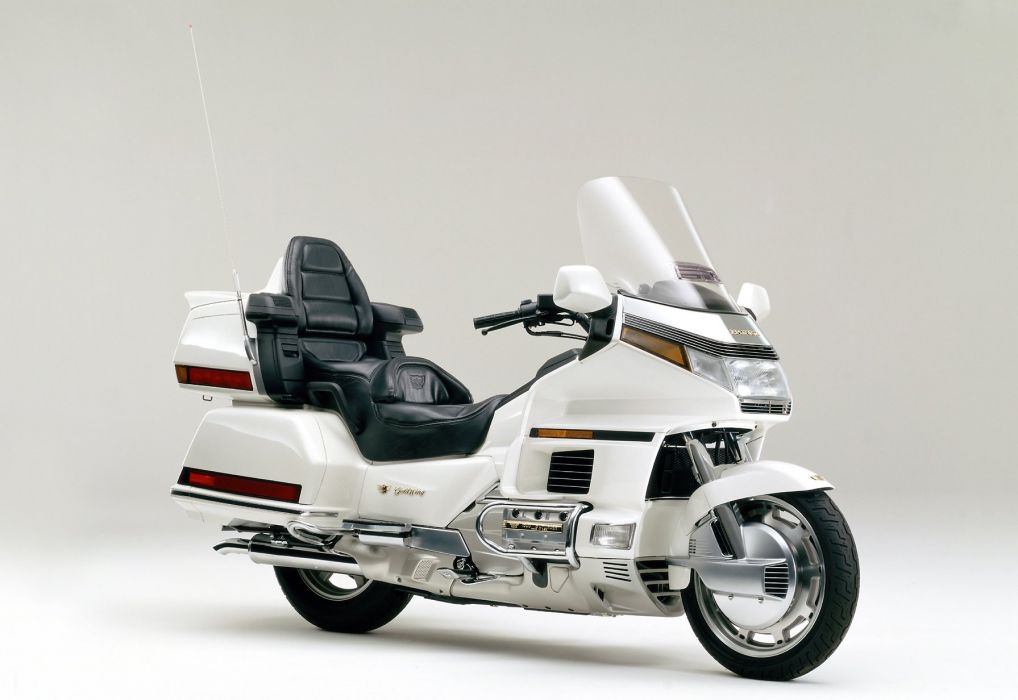The History Of Cruiser Motorcycle Style
Drawing ample inspiration from US-built motorcycles of yesteryear, cruisers have long been the most popular and best-selling bike style on North American shores—the world’s largest motorcycle market. In a bid to cater to the US and Canada’s cruiser-centric customer base, major manufacturers have pored an enormous amount of resources into the development, manufacturing, and marketing of their respective cruiser bike lineups.
And while this has resulted in a buyer’s market that’s been flooded with increasingly capable and competitively-priced two-wheeled wares, the sheer number of available makes and models in the cruiser space can make shopping for a ride in the segment rather daunting. So, with this in mind, we’ve rolled back the last few years of model releases in this space to deliver this guide on the best cruiser motorcycles.
In addition to counting down our picks for the latest and greatest available offerings in the sector, we’ll also be exploring what to look for and consider when shopping, along with a brief dive into the history of the cruiser genre and what qualities and factors make them unique.
As the motorcycle came into being, the industry evolved at a rapid rate, giving way to increasingly sophisticated and high-performance two-wheeled offerings. The main genres of motorcycles would evolve as well, and from the 1940s through 1960s, different regions would begin cementing their own respective styles and interpretations of bikes, including the US, with its golden-era big-bore V-Twin age, thanks to models from manufacturers like Crocker, Indian, Excelsior, and Harley-Davidson.
US-based motorcycle companies would not only employ these designs throughout the mid-1900s but said designs would also go on to serve as much of the visual inspiration for the lion’s share of production motorcycles that were subsequently released—a trend that remains to this day and one that has afforded American-made motorcycles their own highly-distinctive appearance.
Alongside cruiser bike’s relaxed riding position, ample torque, and conduciveness to touring, their quintessentially American aesthetics play a large role in distinguishing the genre from other styles of bike and represent a major selling point for throngs of bikers.
That’s not to say that overseas manufacturers haven’t attempted to emulate the style, or put their own unique spin on the genre, though as a whole, cruisers are American at heart.
Cruiser Motorcycles & V-Twin Engines
In the early pioneering days of the American motorcycle industry, manufacturers were primarily utilizing relatively primitive air-cooled single-cylinder powertrains, though, in 1906, Indian unleashed the first American V-Twin model with a 39ci 42° lump, just one year before releasing the first US-made V-Twin production model (and three years before Harley would unveil its first V-Twin with its own 45° 49.5ci mill in 1909).
In the decades that followed, a variety of American brands—including Indian—would experiment with using other engine configurations, though the 1907 Indian-Built V-Twin became the archetype for American motorcycles. Today V-Twin engines are synonymous with US-made cruiser motorcycles, boasting a distinctive look that serves as the crown jewel and centerpiece of practically every production cruiser and offering an easily-identifiable and highly-distinct deep, throaty, and rumbling exhaust note.
What’s more, these large-displacement V-Twins play a pivotal role in the overall riding experience of American cruisers, with their ample low-end grunt and firmly planted ride. In more recent years, foreign motorcycle companies have introduced cruiser models kicked along by other engine configurations, though even most of these are just variations on the longitudinally-mounted V-Twin such as Ducati’s L-Twin-powered Diavel (and XDiavel) and Moto Guzzi’s cruiser’s transversally-mounted V-Twin bikes.
The Five Main Sub-Genres Within The Cruiser Class
Though every model on this list falls under the cruiser umbrella, there are in fact a handful of different styles of motorcycle within the segment. To help shine a light on those differences, we’ve broken down the cruiser class into its five main categories—each of which we’ll briefly touch on directly below.
Entry-Level: As the name of this sub-genre suggests, entry-level models are more accessibly-priced, less-well-optioned, and more novice-friendly takes on cruiser bikes. At least by American cruiser standards, these models have smaller-displacement engines that are more manageable for beginner riders.
Tourer: While they don’t necessarily lend themselves to urban-riding or commuting duties touring bikes are perfect for gobbling up miles on the open road. Powered by large engines, sporting a long wheelbase, and well-planted and highly-stable due to their immense weight, touring models are ideal for motorcycle road-trips and other long-distance applications.
Photo: Kawasaki Vulcan S ABS
Bagger: Also referred to as “dressers,” baggers are an instantly-recognizable sub-genre of cruisers that sport large fairings, hard luggage, a generously-sized passenger pillion. Like touring models, baggers are also incredibly conducive to long-range travel—an area furthered by the wealth of amenities typically found on baggers such as heated grips, cruise control, and onboard infotainment, stereo, and GPS navigation systems.
Hyper-Cruiser: Hyper-cruiser models are a style of cruiser bike that’s been engineered from the ground up to afford markedly higher-performance than your average cruiser. These high-performance offerings offer more lean angle, better acceleration and cornering, and are often equipped with componentry that’s regularly reserved for sport and superbike models.
Electric: Despite only being comprised of a few production models thus far, electric cruisers almost certainly represent the next big thing in the cruiser realm. Even though they lack the mighty rumble and bark of a traditional petrol-powered V-Twin, electric powertrains still maintain their similarly ample amounts of low-end torque. The emerging EV cruiser class also tends to feature the most cutting-edge technology of any sub-genre on this list.

